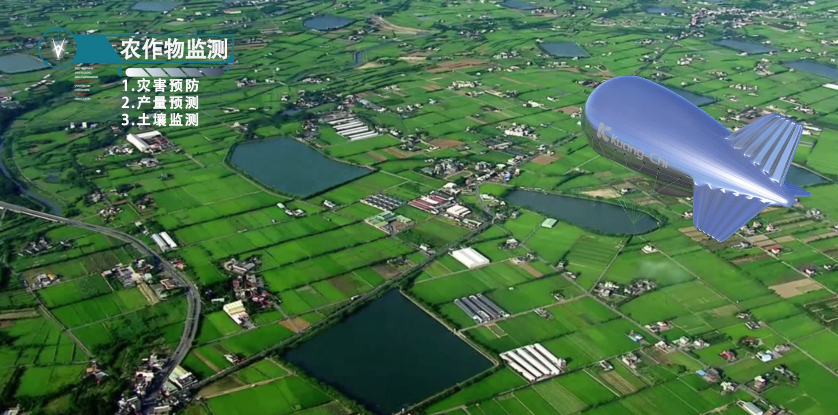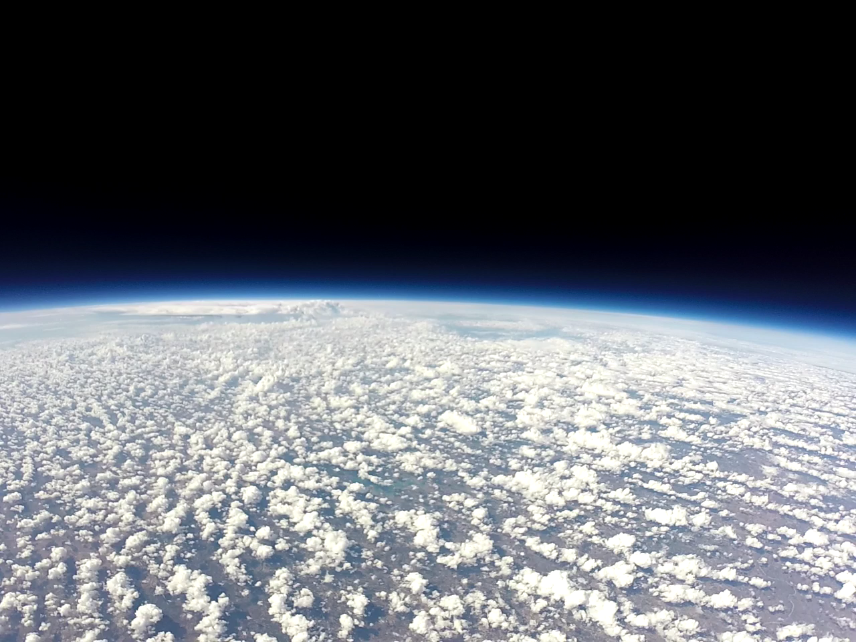
Photo credit: KuangChi Group
If you ever dreamed of going to space, you probably imagined you’d get there by a rocket. However, a Chinese company is planning to bring tourists to space in a much less conventional mode of transport — a giant helium balloon.
It sounds a little outlandish, but the KuangChi Group is completely serious about turning this idea into a tourist attraction. Technically speaking, the balloon, which would carry a capsule containing the passengers, would only go as high as “near space.” While that’s still within the Earth’s orbit, the balloon would be 15 miles high.
Commercial space flights have long been a dream and, with one expensive exception, have yet to become a reality.
This is an ambitious plan that would offer a once-in-a-lifetime experience for less than the price of a full-blown space trip. That’s assuming, of course, everything goes according to plan. Who knows if that will happen?
Commercial space flights have long been a dream and, with one expensive exception, have yet to become a reality. Still, the commercial space race has been building up for years now, with Virgin Galactic, SpaceX, and other companies hoping to make space travel affordable to the masses.
It’s possible that this plan, in China, could beat the others to the punch. The high-altitude balloon ride is planned to be the centerpiece of a US$1.50 billion space-themed amusement park in Hangzhou. The park, named “Future Valley,” is expected to open in 2017.
The details
The KuangChi Group’s website details what the near-space flight would look like. The capsule is lifted by a helium balloon and cruises at that altitude, for two to three hours, until the helium is gradually released and the descent begins.
This is similar to the technology behind the Red Bull Stratos. This high-altitude helium balloon made headlines back in 2012 when skydiver, Felix Baumgartner, took a capsule 24 miles above the Earth’s surface, jumped off, and managed to land safely.
The KuangChi Group’s plans are, fortunately, far less extreme and promise a gentle landing back on Earth. There’s no word on the price or how far along the technology is. However, there’s no doubt it would be cheaper than some of the other space alternatives out there.
As it stands, a journey to space is out of reach for all but the wealthiest of people.
How to get to space
If you want to get to space right now, you better be willing to pay for it. Presently, you can pay Russia US$20 million for the chance to become a cosmonaut. That happened for the first time in 2001 when a NASA engineer-turned-businessman paid to travel to the International Space Station. Since that pioneering trip, seven more people have taken the journey.
Ever since the onset of that fateful trip, other companies have joined the commercial space race. Probably the best known is Virgin Galactic. Planning has been ongoing for years and 700 people have signed up at a cost of US$250,000 per ticket. After a fatal test crash 2014, test flights were grounded. However, tests are expected to soon resume.

A view from near space. Photo credit: Intel Free Press
Another high-profile entrant into the industry is Blue Origin. Amazon founder, Jeff Bezos, created the company back in 2000. The latest reusable rocket from the company is expected to take passengers 62 miles above the Earth’s surface. Tests are also ongoing for this rocket, but customers might be able to take a ride by 2018.
SpaceX, founded by entrepreneur, Elon Musk, has made some enormous strides in the commercial space industry. They’re the first private company to deliver cargo to the International Space Station using their own rocket design. Thanks to their proven success, in addition to a lucrative contract with NASA, SpaceX is in a very strong position.
However, space tourism isn’t one of the main goals of the company at the moment. Despite some clever Mars-related marketing, the company is focusing on developing its technology for uses beyond tourism.
Those are just some of the competitors in the industry. Notwithstanding all the attention (and investment) that the commercial space industry is receiving, space tourism still hasn’t become a reality aside from the super expensive Russian experience.
Can it really happen?
The commercial space industry has been mired in delays for years now, so it’s best to take any developments with a grain of salt. It’s a complicated product that has to be absolutely safe before tourists start making the trip to space.
The plan for Future Valley in China is a lot less ambitious as it doesn’t make the full journey to outer space. However, who’s to say whether this is a viable plan or a marketing hype? Details are fairly scant on the project, and space tourism projects always highlight the positive rather than the realistic technological troubles that companies are facing.
Before you plan your journey, 15 miles above the Earth’s surface, it’d be best to see what actually comes of the plans. It could be a remarkable development, or it could be a flop that amounts to nothing.








